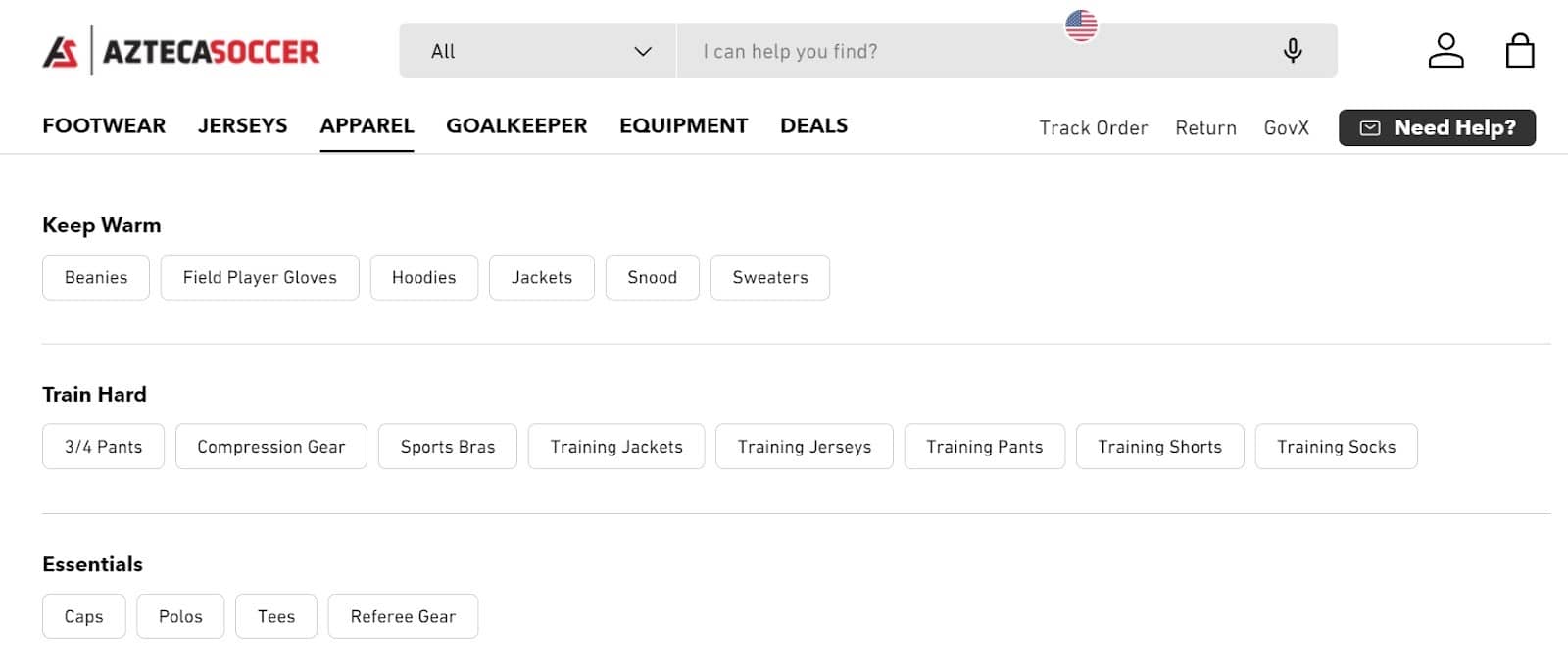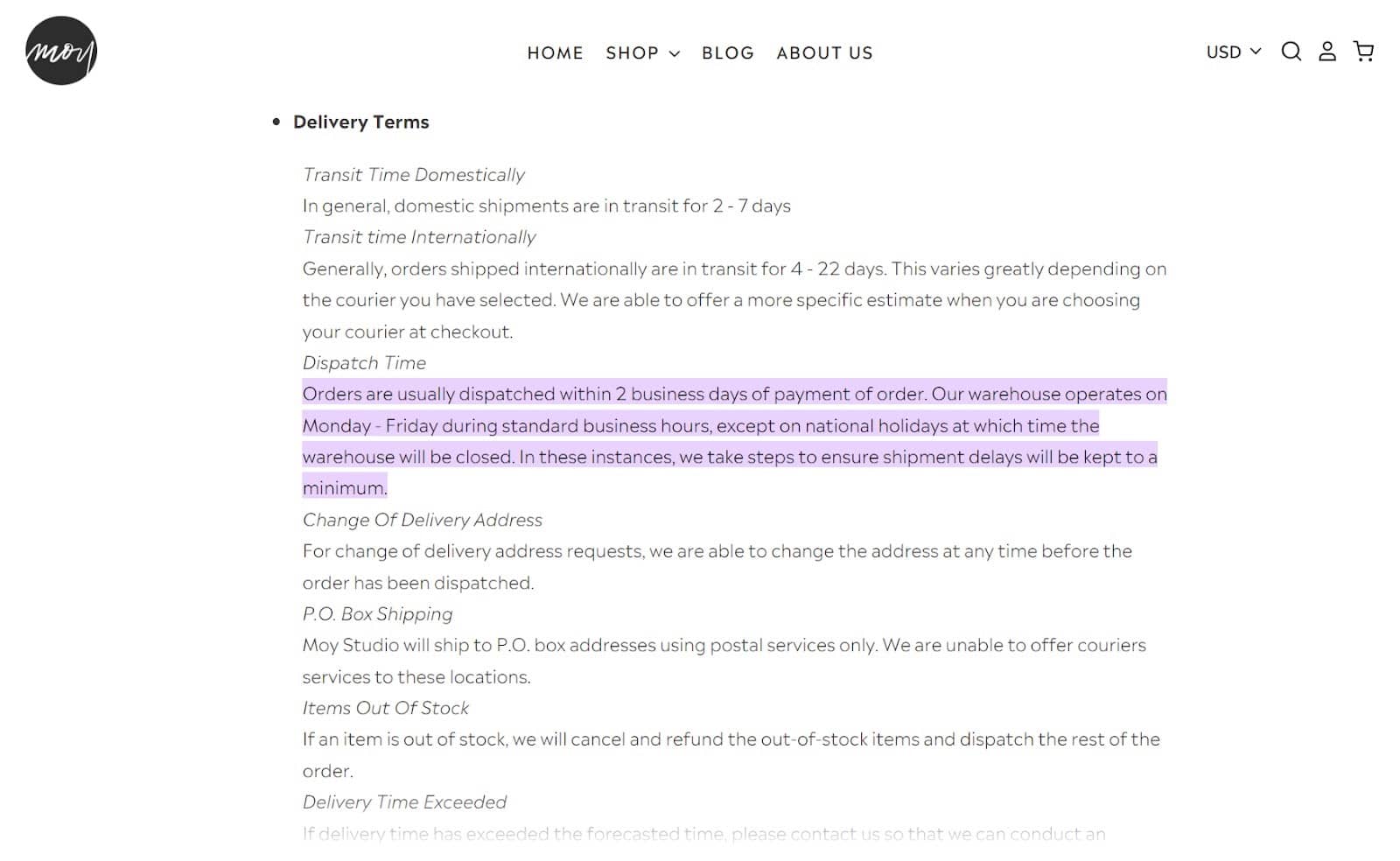Last Updated on January 10, 2025 by Admin
Starting a website can be a huge boost for your e-commerce business, especially since more and more of our world is going online.
A great website can really set a business apart. But despite their potential, many new websites struggle. According to the latest data, about eight out of 10 e-commerce businesses fail within the first 24 months due to basic mistakes in design and functionality.
In this post, we will provide you with a clear, step-by-step guide on how to develop an e-commerce website that looks good and works well. Let’s get started.
What is e-commerce website development?
E-commerce website development involves creating and designing a website that enables consumers to buy products online. With the rising popularity of e-commerce platforms among shoppers, developing a robust e-commerce website can significantly increase conversions and boost your business’s revenue.
How to develop an e-commerce website?
Here’s your step-by-step e-commerce web development process to help you drive the most revenue with your website:
1. Start with a plan
The first step in web development is to create a plan. Before you start designing your website’s layout, you need to establish a clear strategy and set goals for what you want your site to achieve.
Consider the following:
- Your customer service objectives
- How you plan to showcase and sell your products
- Your business goals, such as boosting sales and enhancing brand visibility
Understanding your business goals and strategies will guide the structure and layout of your website. Therefore, planning these aspects beforehand is crucial for a successful outcome.
2. Choose the right platform and domain name
Once your plan is ready, select a platform and domain for your e-commerce site. Choose your domain name carefully, as it will be your site’s URL. It should be short, reflect your brand, and be easy to remember.
Typically, using your company’s name is a great choice. Avoid hyphens and numbers, as they can be confusing. They are harder for customers to recall, especially when spoken aloud.
Consider using an e-commerce platform like Shopify to build and manage your site. These platforms offer tools to create your website from scratch. They also provide customizable features to ensure your site effectively represents your brand.
3. Define a clear vision for your website
The frontend of your e-commerce website should reflect your brand and core values to set clear expectations for your users. Consistent branding builds trust, which is crucial for influencing purchasing decisions, as noted by Edelman’s research.
Plan your website’s appearance and functionality carefully to engage potential customers from the beginning. Consider these four key areas:
Design
A visually appealing site helps make a strong impression and encourages visitors to explore. Consider elements like imagery, white space, fonts, colors, and videos. For example, MVMT’s sleek, minimalist design aligns with their motto of affordable style.

Also, include a dedicated section for customer reviews to enhance credibility. For instance, Tushbaby highlights its average rating, total reviews, and excerpts on its homepage.
Structure
Organize your site logically to help both users and search engines navigate easily. Define main categories and subcategories to ensure your important pages are visible and accessible.
Layout
An intuitive layout guides visitors from their first visit to purchase. For example, Azteca Soccer’s expandable navigation menu helps users find products easily.

Decide on focal points for your homepage, the placement of elements, and the best menu structures and filters for user convenience.
Unique Functions
Incorporate features that enhance the user experience. For instance, if you sell personalized t-shirts, allow customers to add text or designs. Custom functionalities like these may need coding or third-party apps.
4. Add descriptions and photos
Online shopping limits how customers can examine products since they can’t physically interact with them. This puts the onus on e-commerce retailers to create inventive product displays.
High-quality images are essential—blurry or pixelated photos might suggest low product quality. Use a good quality camera, like a DSLR or a high-end smartphone, and ensure plenty of natural light for clearer, more vibrant images. A tripod can help keep your photos consistent. Consider taking photos from multiple angles and close-ups to provide a comprehensive view. You might also try 360-degree spins for a more interactive experience.
Your product descriptions are equally important. They should convey how the product meets the customer’s needs or interests, emphasizing benefits rather than just features.
For instance, Mountaineer Brand effectively uses its product descriptions to highlight the advantages their products offer, aiding customers in understanding the value of their purchase.

5. Work on your content strategy
A solid content marketing strategy is vital when developing an ecommerce website. This strategy not only drives potential leads to your site but also increases the likelihood of converting them into customers. Planning your content strategy early helps ensure your website design complements your marketing efforts.
Ecommerce businesses can utilize a variety of content types. For instance, engaging blog posts can address common challenges faced by your target audience, and include buying guides for products available in your store.
Videos are also impactful. According to Wyzowl, 88 percent of consumers want more brand videos. Effective video content includes product demonstrations and close-ups. Unboxing, explainer videos, and customer testimonials are also effective. These videos can be featured on your website. They can also be shared via social media and email.
Other useful content types include infographics, quizzes, and detailed category descriptions. Offline marketing efforts, like campaigns using QR codes that link back to your site, can also be effective.
Thorough keyword research is also crucial for a successful content strategy. Tools like Ahrefs, Moz, and Google’s Keyword Planner are useful. They help you find high-traffic keywords. You can incorporate these keywords into your blog posts and buying guides. Include them in your product and category descriptions, as well as URLs. This strategy will enhance your visibility in search results. It will also drive organic traffic to your website.
6. Set up shipping and delivery functions
Before launching your website, finalize your shipping and delivery details. Choose the type of shipping fee, such as free or flat rate. Decide on order fulfillment methods. Will you pack and ship items yourself? Or will you use a third-party logistics provider? Make sure everything is in place before going live.
Ensure the following details are clearly outlined on your website:
- Set up shipping zones on your e-commerce platform.
- Provide an easy way for customers to track their orders.
- Include a shipping calculator.
- Post a clear shipping and delivery policy, similar to what Moy Studio offers on their site.

7. Test your website
Before launching your e-commerce site, thoroughly test it to avoid issues. Problems at launch can harm your brand’s reputation. This makes it difficult to attract customers later.
Begin by checking for technical issues. Focus on site speed, responsiveness, and browser compatibility. Ideally, your ecommerce website should load within two seconds. Longer load times can lead to high bounce rates.
Use tools like Google’s PageSpeed Insights. Measure your page load times and follow its suggestions. This will enhance performance. Make sure your website is mobile-friendly, as 65 percent of e-commerce traffic comes from mobile devices.
Verify that product images display properly. Ensure text is readable and buttons are easy to interact with. Test your site on various browsers. Confirm that everything functions as intended.
Additionally, walk through the entire customer journey on your site. Ensure a seamless experience. Check how easy it is to find products. Verify the process of adding items to the cart. Ensure the checkout process is straightforward.
8. Update your site using data
Congratulations on launching your online store! However, to maximize conversions, you’ll need plenty of data for optimization.
Start by A/B testing different elements, such as your value proposition and call-to-action buttons. Also, test page layouts. For example, compare a page offering a price discount with one offering free shipping. See which performs better.
Use Google Analytics to monitor your site’s performance. It tracks visitor numbers and traffic sources, as well as bounce rates, page views, and session durations. This information helps you make informed decisions.
For instance, a high bounce rate might indicate a technical problem. It could also mean the content on a page is irrelevant. Analyze where your traffic comes from to fine-tune your marketing strategies. If one channel performs well, consider investing more there. Reevaluate strategies for channels that aren’t performing well.
Google Analytics can track what your customers search for on your site. This is valuable for improving their experience. If a product gets many searches, create a specific category for it. This will make it more discoverable. If customers frequently search for a product you don’t carry, consider adding it to your inventory. Analyzing search terms can also help you write better product descriptions.
Wrapping Up!
Are you ready to start building your e-commerce website? AlgoSaga is a leading e-commerce web development company. We can help you achieve your business objectives. Our team of experienced professionals specializes in customized e-commerce solutions to meet your specific needs.
Our strategy focuses on developing user-friendly and efficient websites. We create visually appealing sites that draw in customers. These websites enhance the shopping experience, leading to higher conversions.
So, let AlgoSaga guide you through the complexities of e-commerce web development services. We will propel your business toward success.
